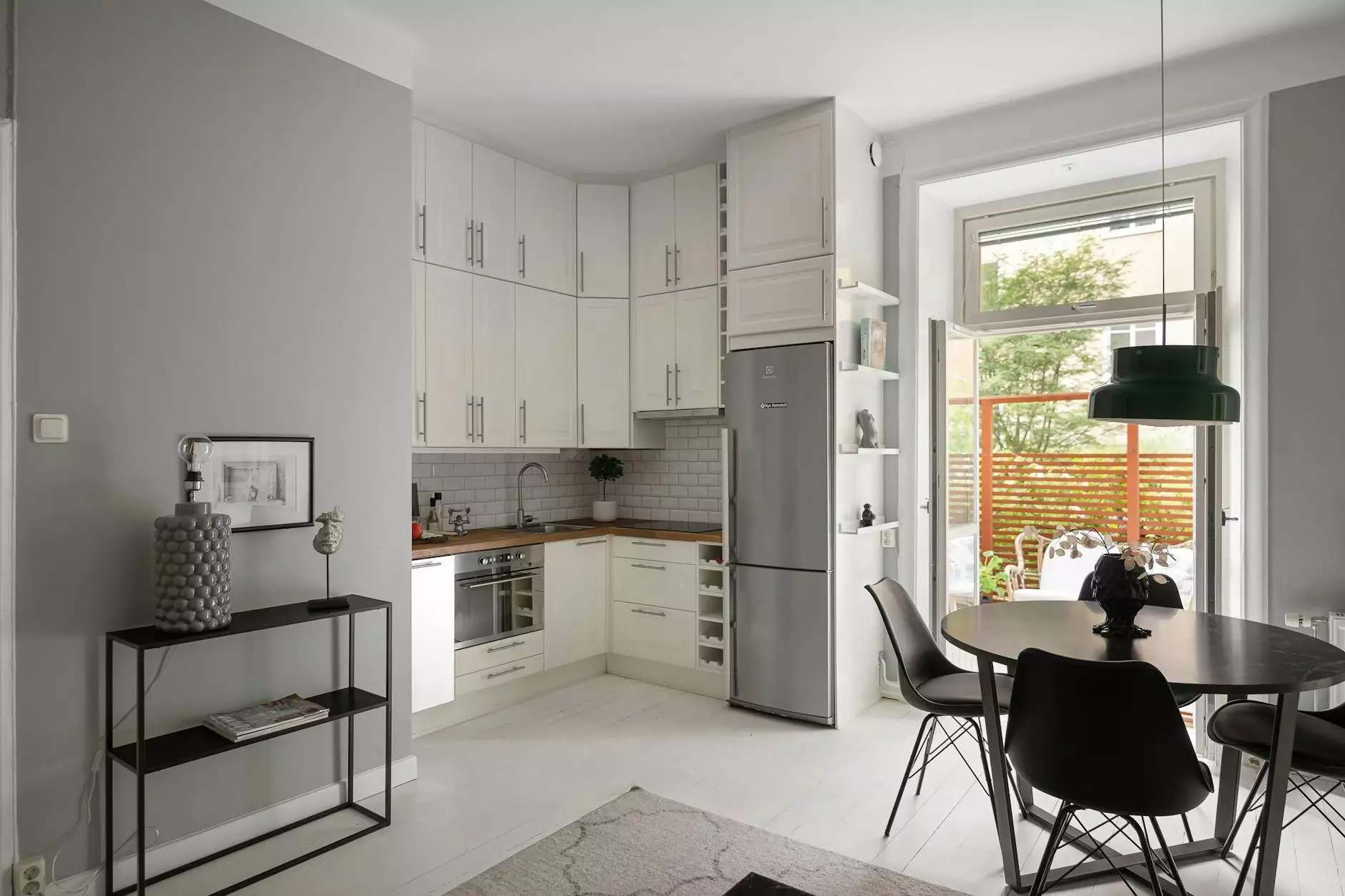Architecture Model Making: The Art Behind Effective Communication in Building Design

The Significance of Architecture Model Making
Architecture model making serves as a bridge between conceptual ideas and tangible reality. In the fast-paced world of architecture, the ability to visualize a design is crucial. These models provide an invaluable tool for architects to communicate their vision, allowing stakeholders to grasp the scale, design, and functionality of a space in a way that digital representations cannot achieve.
Understanding Architecture Models: Types and Purposes
Architecture models are not one-size-fits-all; they come in various forms and serve multiple purposes. Below are the predominant types of models used in architecture:
- Conceptual Models: These are typically unrefined, focusing on an idea rather than intricate details. They are perfect for early-stage discussions.
- Presentation Models: Designed for show, these models are highly polished and detailed, often employed in client presentations to convey style and ambiance.
- Working Models: Utilized by architects during the design process, these models allow for examination of physical attributes and realities before construction begins.
- Site Models: These models illustrate the relationship between the construction and its surrounding environment, providing context to the design.
- Scale Models: These are crafted to a specific scale to represent the overall structure accurately, helping stakeholders visualize the size and space dynamics.
The Process of Architecture Model Making
The journey of creating a model from a preliminary idea to a finished product is both meticulous and rewarding. Here’s a detailed breakdown of the steps involved in architecture model making:
- Conceptualization: This first stage involves brainstorming and sketches. Architects often use hand-drawn diagrams to explore different ideas and ensure they have a clear vision.
- Material Selection: Choosing the right materials is vital. Common materials used in model making include cardboard, wood, plastic, and foam board, each offering unique benefits.
- Creating the Base: The foundation of the model is set using a base material. This gives stability and a platform for the structure.
- Building the Structure: This step involves cutting, assembling, and sometimes even painting the components to bring the model to life. Precision is crucial here.
- Detailing: Adding finer details—like windows, doors, and landscaping—provides realism to the model, enhancing its visual appeal.
- Final Assembly: The final assembly integrates all parts into a cohesive whole, ready for presentation and feedback.
The Impact of Models on Design Communication
Effective communication is at the heart of architecture, often determining the project's success. Architecture model making enhances this communication in several ways:
- Visual Clarity: Models allow clients and stakeholders to visualize designs effectively, making it easier to convey complex concepts.
- Engagement: Interactive models invite clients into the design process, promoting discussions and feedback early on.
- Identifying Issues: By creating a physical representation of the design, architects can spot potential problems or conflicts before they arise in construction.
- Enhancing Aesthetic Appreciation: A well-presented model can evoke emotional responses, helping clients connect with the space conceptually and emotionally.
Technological Advancements in Model Making
As technology evolves, so does the practice of architecture model making. Tools such as 3D printing and CAD (Computer-Aided Design) software have revolutionized the field. Here’s how technology enhances model making:
- Precision: Digital tools enable architects to create models with extraordinary accuracy, ensuring that dimensions and scales are maintained.
- Speed: Technologies like 3D printing reduce the time taken to produce models, allowing for quicker iterations and changes.
- Complexity: Advanced software allows for the creation of intricate designs that would be nearly impossible to achieve by hand.
- Virtual Reality: Immersive technologies enable clients to experience spaces in a virtual environment, enhancing understanding beyond traditional models.
Challenges in Architecture Model Making
While architecture model making presents many advantages, it also comes with its set of challenges:
- Time-Consuming: Building detailed models takes time, which can be a constraint in tight project schedules.
- Cost: Depending on the materials and complexity, model making can be expensive.
- Skill Requirements: Creating high-quality models requires a level of skill and expertise that not all architects may possess.
- Balancing Detail vs. Time: Designers must balance between creating intricate details and maintaining project timelines.
Final Thoughts on Architecture Model Making
In conclusion, architecture model making is a critical component of the architectural process, bridging the gap between abstract ideas and concrete realities. Whether used for client presentations, design evaluations, or community engagement, the value of a well-crafted model cannot be overstated. It enhances communication, minimizes errors, and ensures that every stakeholder is on the same page throughout the project’s lifecycle.
As architects embrace new technologies and refine their skills, the practice of model making will continue to evolve, offering even greater potentials for creativity and clarity in architectural design.









